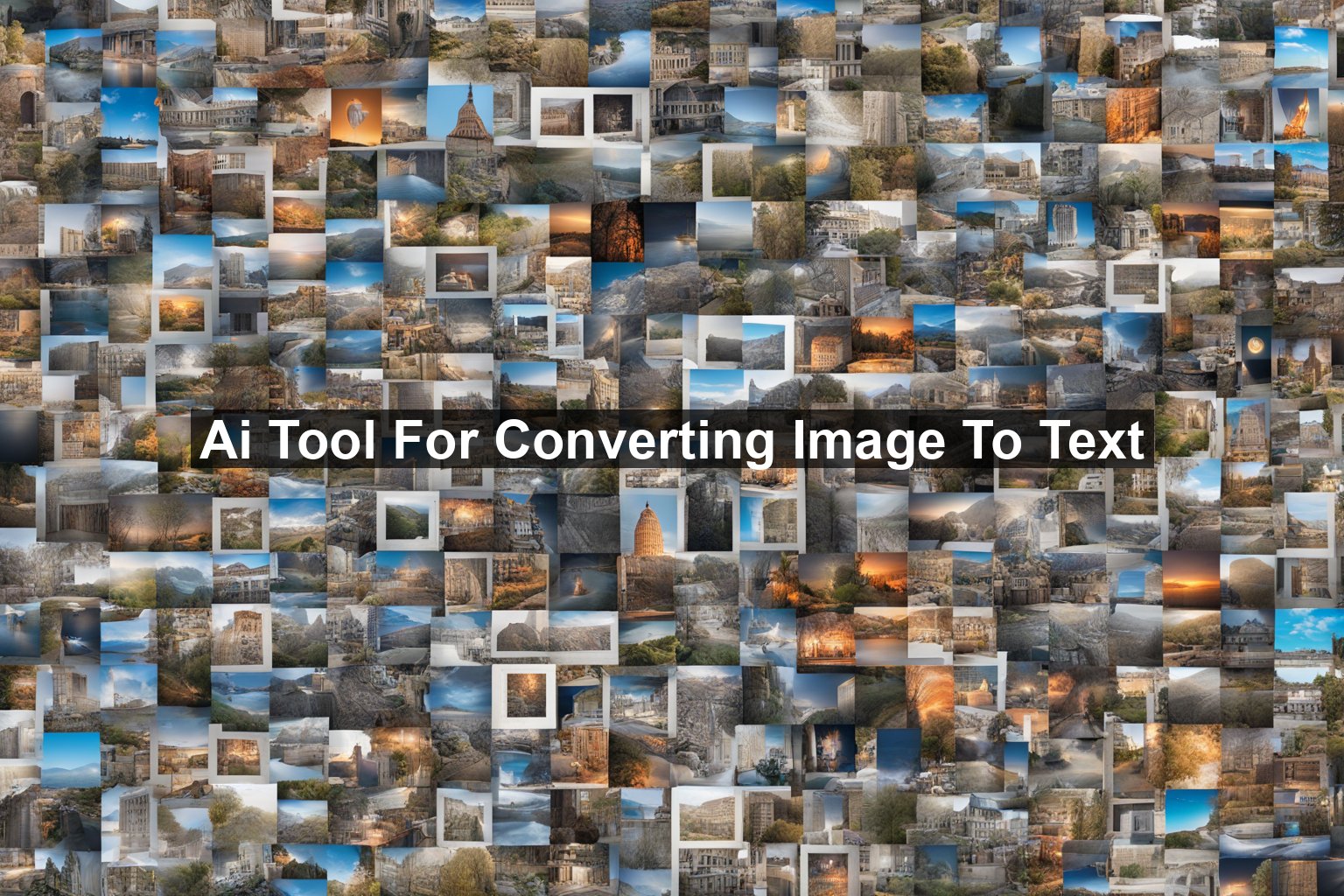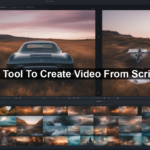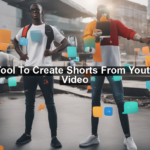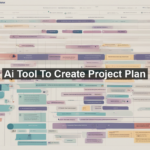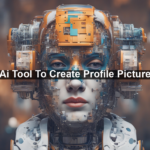Imagine a world where you could take a photo of any document, sign, or handwritten note and instantly have all the text extracted for you. No more tedious typing, no more worrying about missing critical information—the power of AI has made this possible! This blog post delves into the revolutionary AI tools that can convert images to text, explaining how they work, their benefits, and the best options available today.
What is Image-to-Text AI Technology?
AI tools for converting images to text employ Optical Character Recognition (OCR), a technology that can detect text within images. This includes everything from printed text to handwritten notes. These tools use deep learning algorithms and advanced AI models to ensure accuracy and efficiency, converting the extracted text into a digital format.
How Does it Work?
The process is simpler than it sounds:
Why Use AI for Image-to-Text Conversion?
AI-driven image-to-text conversion offers several advantages:
Best AI Tools for Converting Image to Text
1. Google Drive OCR
Google Drive’s built-in OCR is a highly effective tool for converting images to text. Part of the Google Workspace, this feature is free and straightforward to use. Simply upload your image to Google Drive, right-click, and select “Open with Google Docs.” The OCR will automatically process the image and display the converted text.
For more information, visit the official Google Drive OCR FAQ.
2. Adobe Acrobat DC
Adobe Acrobat DC is another robust tool for converting images to text. Known for its PDF management capabilities, Adobe Acrobat DC also offers an exceptional OCR feature. It supports multiple languages, making it ideal for international users.
Learn more about Adobe’s OCR capabilities at the Adobe website.
3. Microsoft OneNote
Microsoft OneNote isn’t just for note-taking; it also offers powerful OCR capabilities. This AI tool can extract text from inserted images, making document organization effortless. Plus, it integrates seamlessly with other Microsoft Office applications.
For a detailed tutorial, check the official Microsoft OneNote guide.
Factors to Consider When Choosing an AI Image-to-Text Tool
Accuracy
Accuracy is paramount when it comes to OCR. Always look for tools that provide high accuracy rates, especially for complex or handwritten texts.
Supported Languages
Different AI tools support different languages. Ensure the tool you choose supports the languages you intend to work with.
Integration Features
Consider how well the tool integrates with other applications you regularly use. Seamless integration can enhance productivity and ease of use.
Pricing
While many AI image-to-text tools offer free versions, premium features often come at a cost. Evaluate the pricing and decide what fits your budget and needs.
Common Use Cases
Data Entry
AI tools can speed up data entry tasks, converting receipts, invoices, and forms into digital text quickly and accurately.
Document Digitization
Businesses and educational institutions use these tools to digitize physical records, making document retrieval faster and more efficient.
Accessibility
These tools can make printed materials accessible to visually impaired users by converting text to a format that screen readers can interpret.
Conclusion
Incorporating AI tools for converting images to text can revolutionize the way you handle documents, making your workflow more efficient, accurate, and accessible. Whether you’re using Google Drive OCR, Adobe Acrobat DC, or Microsoft OneNote, these tools offer a range of features that cater to various needs. As AI technology continues to evolve, we can expect even more innovative solutions to emerge, further simplifying how we convert and manage text.
Now that you know how AI can transform your document management, why not give one of these tools a try? Happy converting!
